Top 9 Rock Festivals
This week Classic Rock Review joins the celebration of the 45th Anniversary of the historic 1969 Woodstock Music Festival. In conjunction with Top 9 Lists, we present a list of the Top 9 […]

This week Classic Rock Review joins the celebration of the 45th Anniversary of the historic 1969 Woodstock Music Festival. In conjunction with Top 9 Lists, we present a list of the Top 9 […]
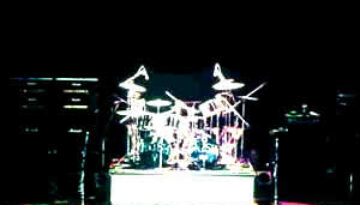
We pretty much cover studio albums exclusively at Classic Rock Review and will continue to do so with the exception of the few studio/live hybrids that we explore later in this article. […]
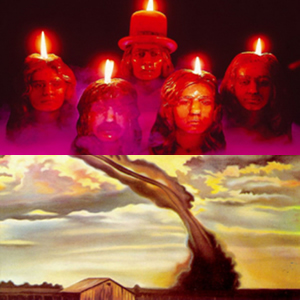
Buy Burn Buy Stormbringer In 1974, Deep Purple released their only two albums with the “Mark III” lineup, Burn and Stormbringer. With these records, the group not only replaced vocalist Ian Gillan (who […]
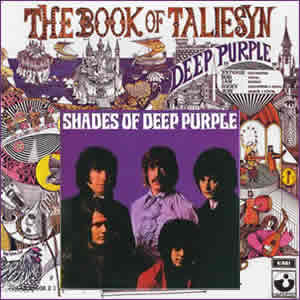
Buy Shades of Deep Purple Buy The Book of Taliesyn Deep Purple arrived on the music scene like a tornado in 1968. Conceived as a super group called Roundabout in 1967, the band […]
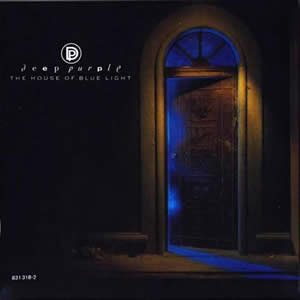
Buy The House of Blue Light Through the years, Deep Purple went though a bunch of lineup changes with only drummer Ian Paice remaining with the band throughout all phases. In fact, there […]
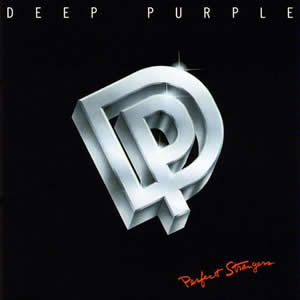
Buy Perfect Strangers Through the past half century of classic rock and roll, there have been scores (if not hundreds) of major group reunions, with very mixed results. However, there have been very […]

Buy Machine Head Deep Purple is often overlooked as one of the truly great classic rock acts. This may be because they reigned during the prime of so many other great British rock […]
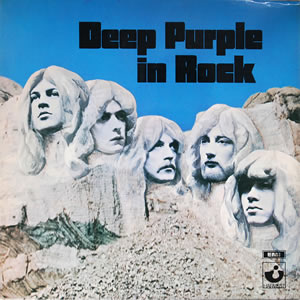
Buy Deep Purple In Rock The famous Mark II lineup of Deep Purple launched their first pure rock album in a big way in 1970 with Deep Purple In Rock. This output was […]
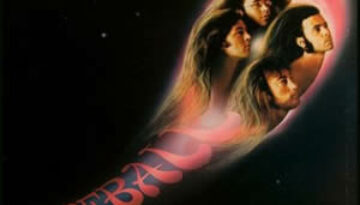
Buy Fireball I started this review planning to explain how this album set up Deep Purple for its, presumptively superior masterpiece, 1972’s Machine Head. But the more I’ve listened to Fireball in preparation […]